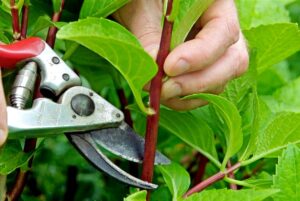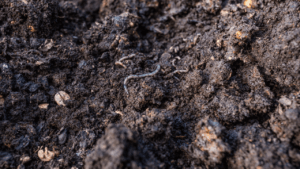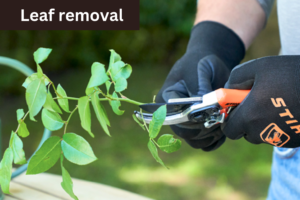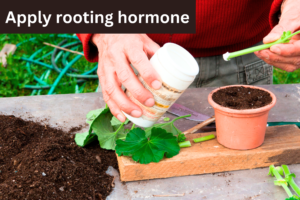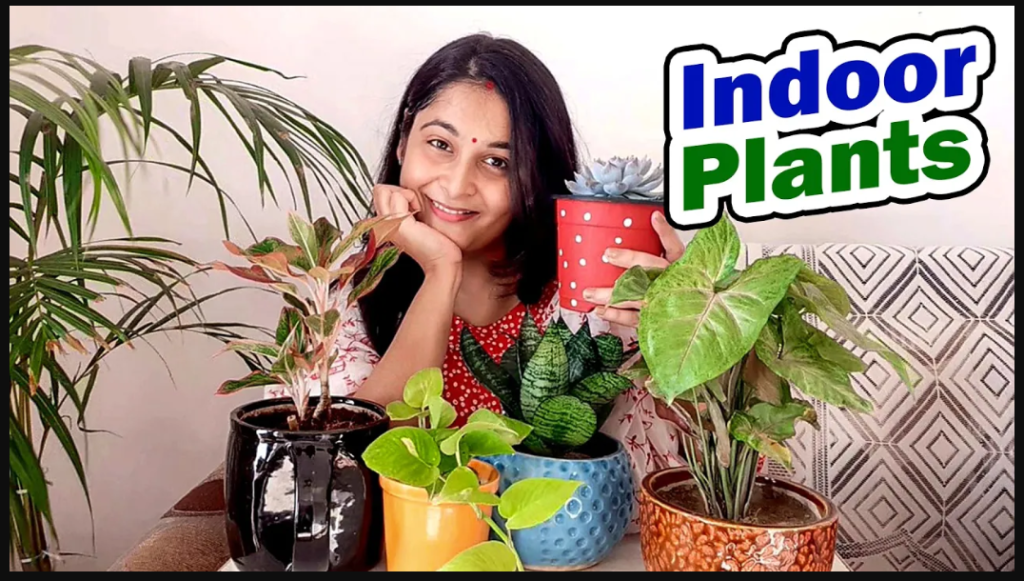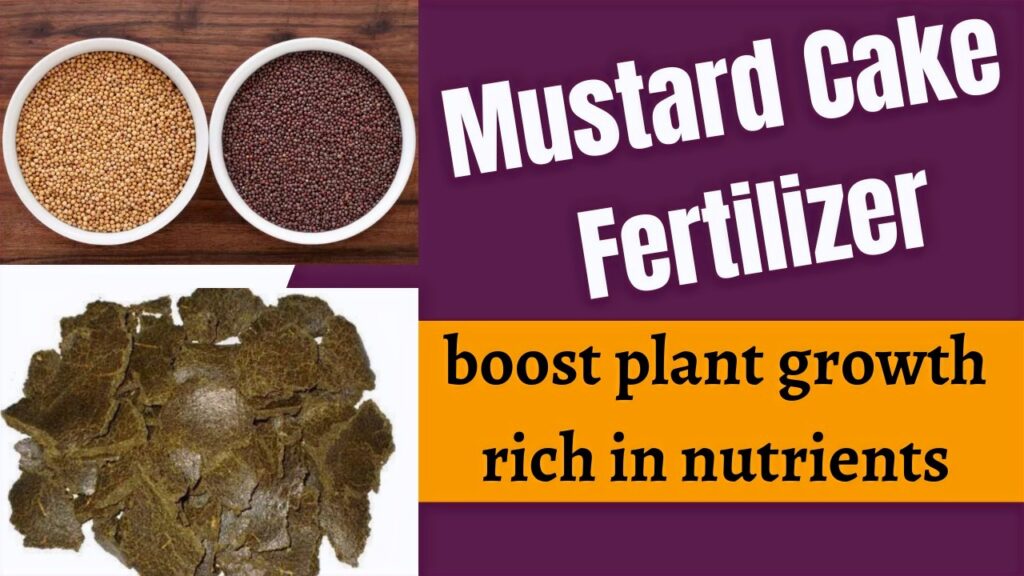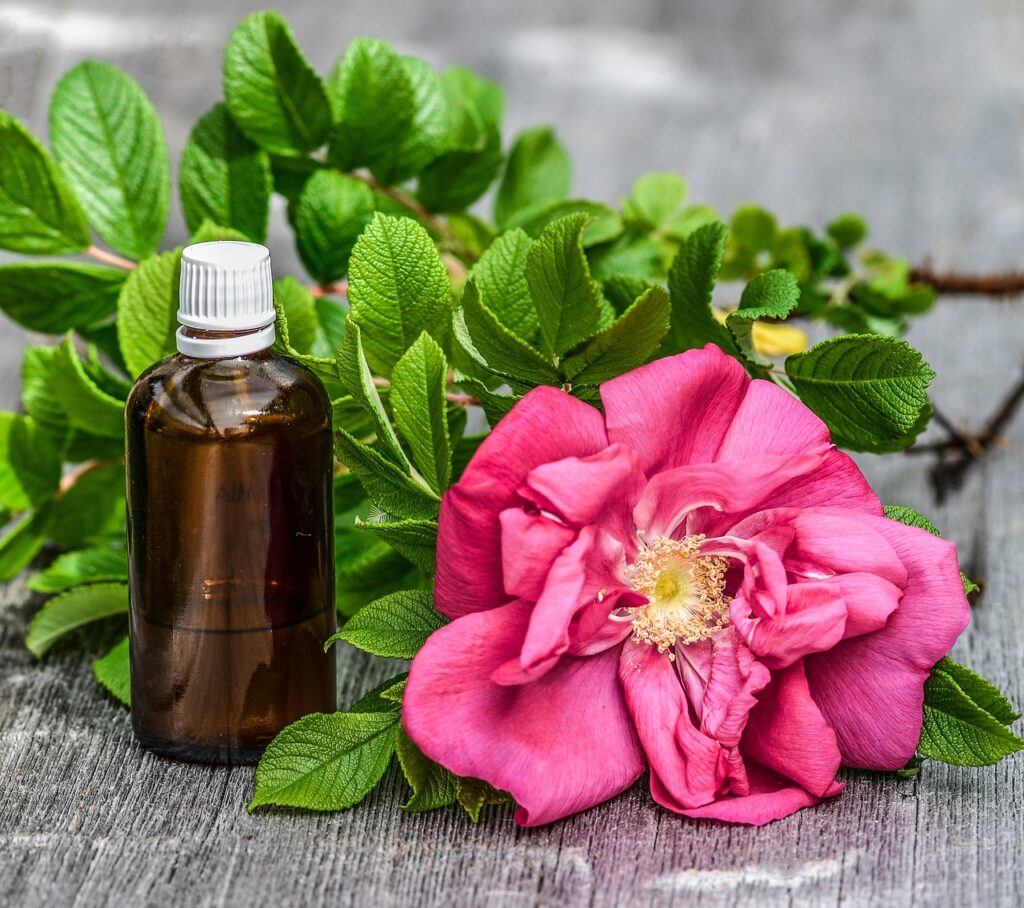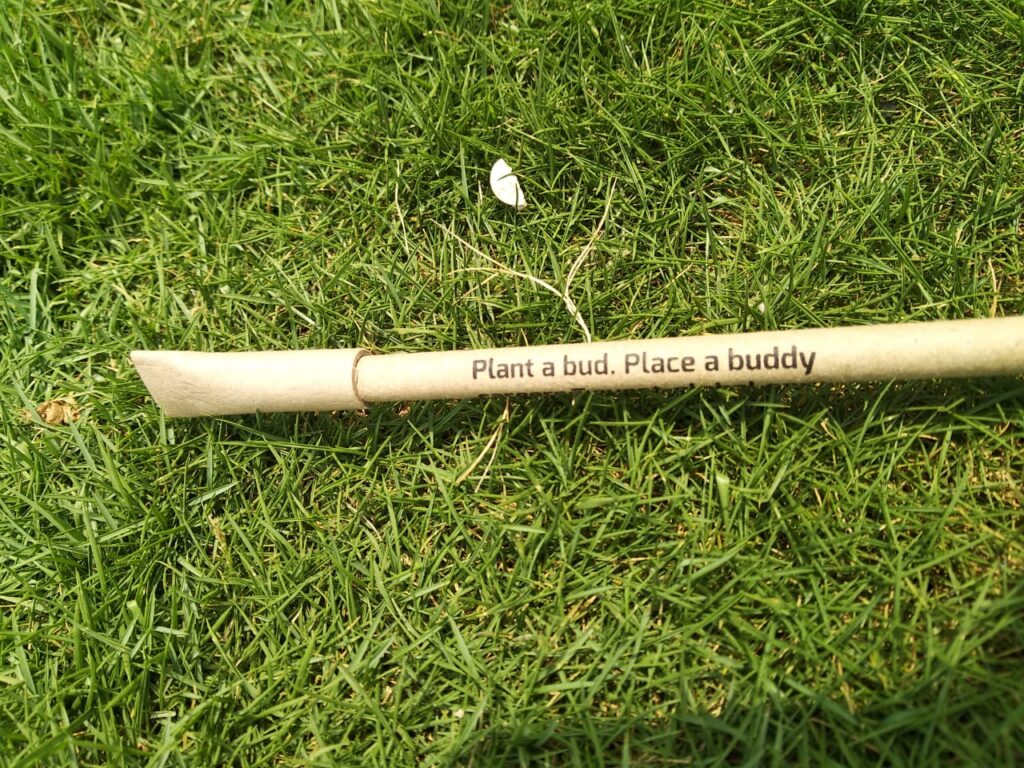Growing plants from cuttings is a simple and affordable way to propagate your favorite plants. Plants can be grown from the seeds or from the cuttings as well. Monsoon and spring seasons are considered the best season for plant propagation.
In this article, we will cover all the important points such as:
- What is plant propagation from cutting?
- Benefits of planting from cuttings,
- Best time for planting from cuttings,
- How and where to take cutting from the plant?
What is plant propagation from cutting?

Plant propagation from cuttings involves taking a portion of a plant, such as a stem, root, or leaf, and placing it in a suitable environment to encourage it to grow into a new plant.
- This method allows for the rapid and efficient production of new plants that are genetically identical to the parent plant and can be used to propagate a wide variety of plant species.
Benefits of planting from cutting
1. Cost-Effective
Growing plants from cuttings is an economical way to enrich your garden with vibrant flowers, herbs, and various plants.
- This method allows you to expand your garden without incurring significant expenses. You can easily prepare cuttings at home without any additional cost.
2. Accessibility
Cuttings can be obtained inexpensively or even for free.
- You can ask friends or relatives for cuttings, and often, a variety of plant cuttings are readily available in your local surroundings. This accessibility makes cuttings a budget-friendly option for expanding your garden.
3. Immediate availability
During trips, individuals often encounter various plants.
- Instead of relying on seeds or searching for new plants, it is advisable to take cuttings of the plants they admire.
- By using cuttings from existing plants, one can conveniently grow the same type of plant without delay.
Best time for planting from cuttings 
The optimal time to cultivate cuttings aligns with the specific growing period of each plant. Generally, spring and rainy seasons are considered the most favorable for gardening activities.
Among these, the rainy season is particularly advantageous due to the heightened humidity in the environment. This increased humidity helps lock moisture in the air, acting as a catalyst for the growth of cuttings.

- During the spring season, it is recommended to cover the plant with plastic to retain moisture, facilitating an environment conducive to successful cutting growth.
Selection of cutting
The choice of cuttings plays a crucial role in the success of plant propagation, as the saying goes, “as you sow, so shall you reap.”
“It is essential to select a healthy plant when taking a cutting.”
- Ensure that the chosen plant is free from contamination, including diseases, bacteria, or fungus. Opting for a plant without such issues increases the likelihood of successful propagation.
- Avoid selecting weak or unstable plants for cuttings, as they are less likely to thrive.
- By choosing robust and stable plants, you enhance the chances of successful growth and development of the cuttings.
How to take cuttings from the flourishing plant?
When harvesting cuttings from a thriving plant, follow these guidelines for successful propagation:
1. Selecting Cuttings:
- Always choose cuttings with 2-3 nodes (joints), and make the cut just above the node. Cuttings can be categorized into two types:
(i) Soft Stem Cuttings: For plants with soft stems (e.g., Jade plant or Pothos), select healthy cuttings with 2-3 nodes.
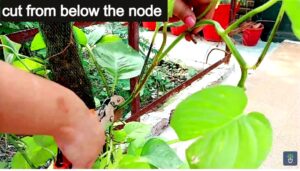
(ii) Hard Stem Cuttings: For plants with hard stems, choose a stem approximately the thickness of a Natraj pencil.
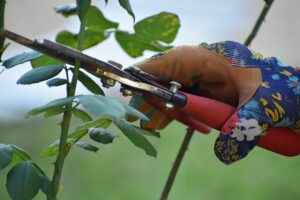
2. Considerations:
- For thicker stems, be aware that they may take longer to develop roots, potentially extending the plant’s growing period.
- Avoid taking cuttings from stems that are too thin, as they may be prone to decay.
By following these guidelines, you can increase the likelihood of successful root development and overall propagation success.
Perfect Soil Mixture
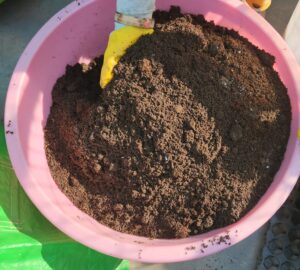
How to raise the Cuttings?
How to take care of cutting after sowing?
1. Sunlight Exposure:
Cuttings should not be exposed to direct sunlight, as this can lead to stem dehydration. Place them in an area with sufficient bright light.
2. Protection from Rainwater:
Avoid direct exposure to rainwater, as the force of rain can damage the delicate stems. Provide a sheltered location for the cuttings.
3. Soil Moisture:
Check the soil every 3-4 days by touching it with your hand. Water sparingly if the soil is dry, ensuring water does not drain from the bottom hole. Maintain moisture without excess.
4. Root Growth Monitoring:
The time required for root growth varies for each cutting. Monitor your cuttings patiently; some may develop roots in 15-20 days, while others may take up to 2 months.
5. Avoid Disturbance:
Refrain from disturbing the cuttings frequently. Exercise patience and observe the progress; the results will be rewarding.
6. Multiple Cuttings:
It’s advisable to grow 3-4 cuttings of one plant to ensure successful propagation. This increases the likelihood of obtaining at least 2 propagated cuttings.
By following these guidelines, you can nurture your cuttings effectively and witness successful results without incurring significant expenses.
Happy Gardening!

